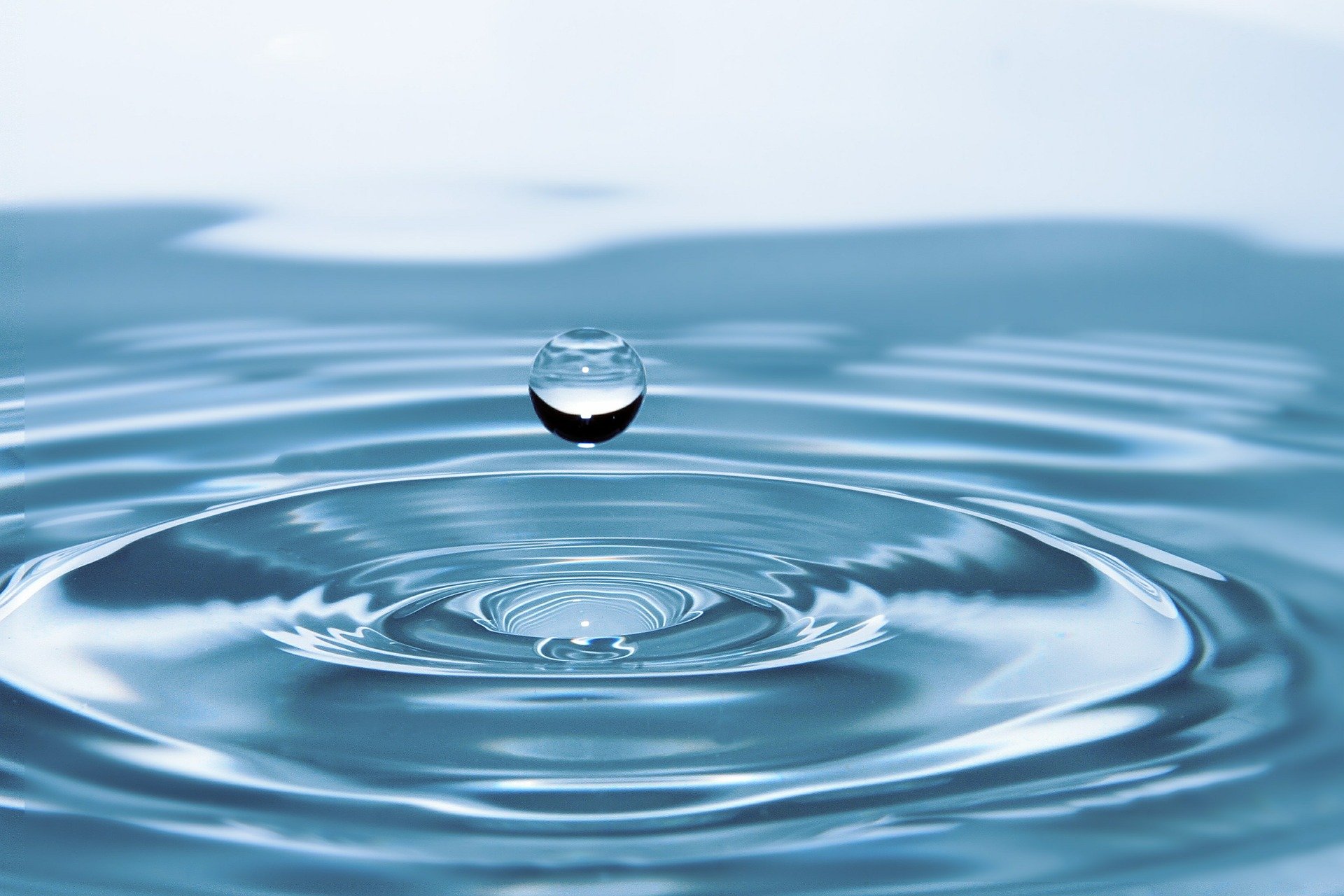 Industrial wastewater treatment management programs are required to meet national guidelines established by the Environmental Protection Agency, EPA, regarding the discharge of industrial wastewater and the level of contaminants allowed. The EPA established Effluent Limitation Guidelines (ELGs) as part of the Clean Water Act of 1972 which limits the maximum contaminant levels of various pollutants allowed to be discharged in industrial wastewater. Industrial businesses and manufacturers are required by law to utilize technologies in their water treatment program that reduce the amount of contaminants in their wastewater to acceptable limits prior to discharging.
Industrial wastewater treatment management programs are required to meet national guidelines established by the Environmental Protection Agency, EPA, regarding the discharge of industrial wastewater and the level of contaminants allowed. The EPA established Effluent Limitation Guidelines (ELGs) as part of the Clean Water Act of 1972 which limits the maximum contaminant levels of various pollutants allowed to be discharged in industrial wastewater. Industrial businesses and manufacturers are required by law to utilize technologies in their water treatment program that reduce the amount of contaminants in their wastewater to acceptable limits prior to discharging.
Effluent Limitation Guidelines (ELGs)
Industrial ELGs regulate the pollutants that are allowed in industrial wastewater discharge with a list of the 126 highest priority of pollutants which varies in different industrial processes. The EPA established ELGs for 58 various categories of industrial processes and subcategories of more than 450. These ELGs issued by the EPA currently apply to nearly 60,000 various industrial facilities to control pollution from industrial wastewater discharge and protect surface water in the United States against the discharge of nearly 700 billion pounds of contaminants and pollutants.
Industrial Wastewater Processes and Accountability
A report published in 2012 by an accountability office of the government on water pollution identified 18 categories of industrial processes that had maintained a hazardous ranking in spite of the ELGs issued by the EPA. Businesses in these industrial categories could be required to implement improved wastewater treatment technologies and prevent the discharge of wastewater pollutants.
These industrial categories include:
- Oil and gas extraction
- Petroleum refining
- Coal mining
- Cement manufacturing
- Pesticide chemicals
- Textile mills
- Pulp, paper, and paperboard
- Organic chemicals
- Rubber manufacturing
In spite of the great strides that the country and the EPA has made to reduce the amount of pollutants discharged in industrial wastewater since the passing of the Clean Water Act, progress has slowed within this program and there is still great room for improvement. The Effluent Limitation Guidelines issued by the EPA have been key in contributing to a reduction of national uniform pollutant discharges in many industrial categories, although many of these guidelines have not been revised over the last 2 to 3 decades.
Industrial Wastewater Discharge Solutions
Each industrial application utilizes their industrial water and wastewater with specific parameters within their process design. The process of treating industrial wastewater includes removing particles through filtration and adding chemicals for disinfection. Industrial wastewater pumps and process equipment perform a series of events to treat industrial wastewater with a process that includes intake, aeration, coagulation, removal of particles, disinfecting, stabilizing, and distributing all in a controlled process.
Illinois Process Equipment, IPE, is a leading Midwest supplier of pumping solutions with high-quality pumps from the top brand names and offering exceptional process equipment service. IPE differs from other pump suppliers because of our technical ability and overall process solutions including complete pumping system design, installation, testing, and service.
IPE offers process equipment system design to a wide range of applications and industries including high-quality pumps for industrial wastewater treatment. We provide solutions that improve your efficiency and safety, aimed at improving overall business operations. Contact us to learn more about reliable pumping solutions for industrial wastewater treatment to meet all environmental regulations.


